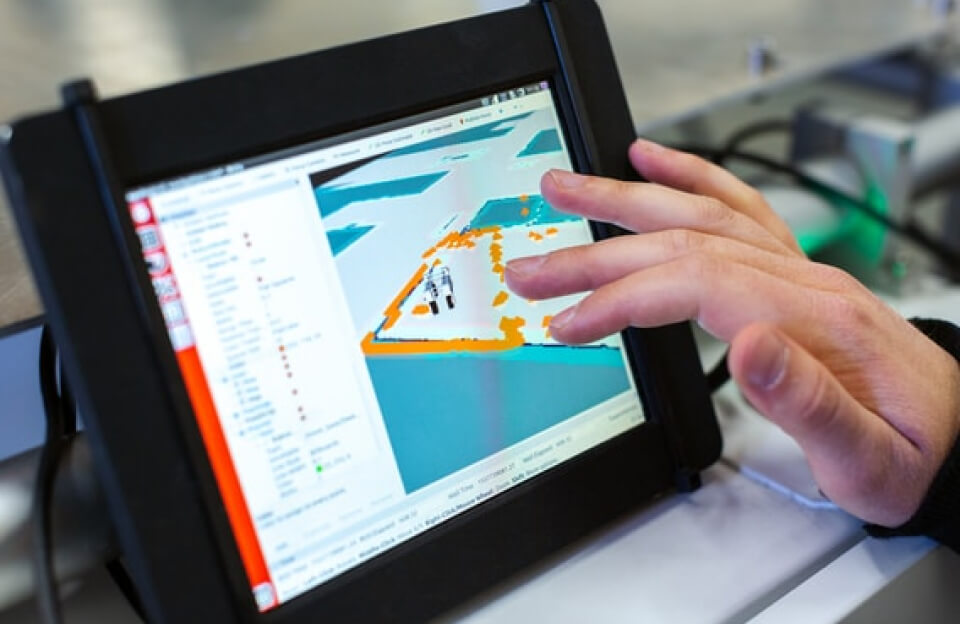Unlocking Success: The Ultimate Guide to Mastering Continuous Integration and Deployment Best Practices
In today’s rapidly evolving technological landscape, the ability to efficiently develop, test, and deploy software has become a crucial factor in the success of any organization. Continuous Integration and Deployment (CI/CD) practices have emerged as the industry standard for streamlining the software development process and ensuring rapid, reliable delivery of applications to market. As more and more businesses prioritize speed, agility, and quality in their software development efforts, mastering CI/CD best practices has never been more important.
The importance of CI/CD in ensuring a competitive edge cannot be overstated. By automating the build, test, and deployment processes, organizations can significantly reduce time-to-market, improve collaboration among development teams, and ultimately deliver higher-quality software to their customers. As such, staying up-to-date on the latest trends and best practices in CI/CD has become essential for any organization looking to unlock success in today’s hyper-competitive market.
Section 1: The Fundamentals of CI/CD
To succeed in implementing CI/CD best practices, it is essential to understand the fundamentals of this approach. From automatically integrating code changes to running automated tests and deploying code to production, every step of the process plays a crucial role in ensuring a seamless software development pipeline. Experts agree that establishing a culture of continuous integration and deployment is key to harnessing the full potential of these practices.

Section 2: Tools and Technologies for CI/CD
In recent years, a plethora of tools and technologies have emerged to support CI/CD workflows. From popular platforms like Jenkins and GitLab to containerization technologies like Docker and Kubernetes, the options for streamlining the development pipeline are endless. However, choosing the right tools for your organization can be a daunting task. Experts recommend evaluating the specific needs and goals of your team before selecting the tools that best fit your workflow.
Section 3: Best Practices for Successful CI/CD Implementation
While the benefits of CI/CD are undeniable, successfully implementing these practices requires careful planning and execution. From setting up automated testing frameworks to monitoring deployment pipelines, there are numerous factors to consider when establishing a CI/CD workflow. Experts emphasize the importance of continuous learning and improvement, as well as the need for collaboration and communication among team members to ensure a smooth integration process.
Section 4: Future Developments in CI/CD
Looking ahead, the future of CI/CD holds exciting possibilities for organizations looking to further optimize their software development processes. From the rise of Artificial Intelligence and Machine Learning in automating testing and deployment tasks to the increasing focus on security and compliance in CI/CD workflows, the industry is poised for significant advancements in the coming years. By staying abreast of these developments and continually adapting to new trends, organizations can position themselves for long-term success in an ever-changing technological landscape.
In conclusion, mastering Continuous Integration and Deployment best practices is essential for organizations looking to stay ahead in today’s competitive market. By understanding the fundamentals, leveraging the right tools and technologies, and implementing best practices for successful CI/CD workflows, businesses can unlock the full potential of these practices and drive innovation in their software development efforts.


